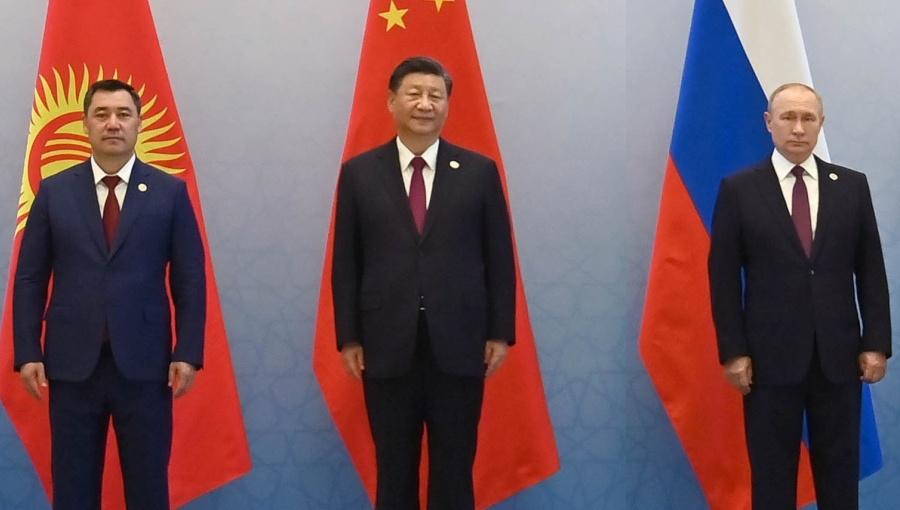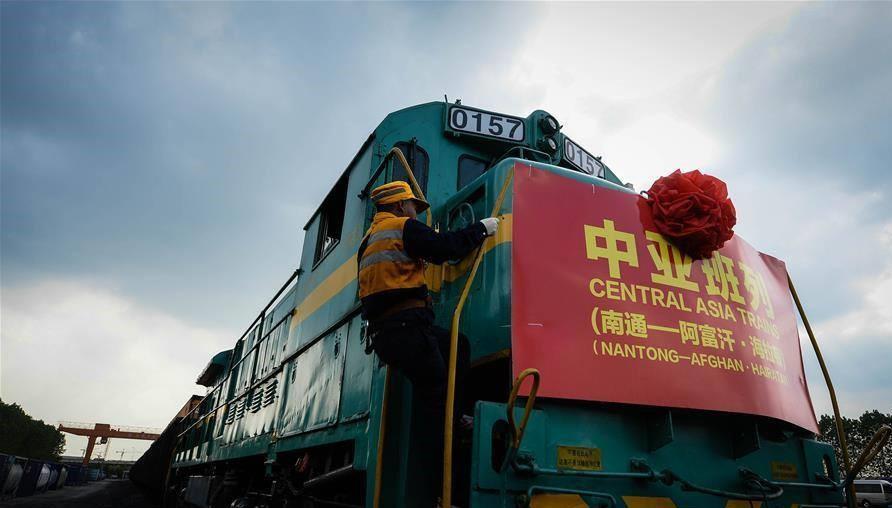Kyrgyzstan-China partnership and changing dynamics in Central Asia Contemporary reality
In the past 2023, China has pursued a more proactive policy in Central Asia in an attempt to boost soft power amid Russia’s waning influence. Although Beijing actively pushed its ambitions Belt and Road Initiative (BRI) in its immediate neighbourhood to gain more footprint, it also established individual partnerships with neighbouring Central Asian states. Alongside investments and grants, China has been generous in issuing credits and loans, accumulating into what some see as a possible debt trap for regional governments.
Although many sources speculate that the debt trap enabled China to establish strong leverage over the regional states, in reality, the nuances and intricacies of external debt differ for each country. While this topic remains within acceptable risk boundaries for Kazakhstan and Uzbekistan, for Kyrgyzstan and Tajikistan, it falls under the category of state importance and significantly impacts domestic policies.
For example, Kyrgyzstan, as one of the economically poorly developed countries, maintains close political ties to Russia while economically heavily relying on China. After China proposed the BRI in 2013, Kyrgyzstan actively responded to the initiative and deepened collaboration with China at the national strategic level. The two countries have entered a new phase of economic and trade cooperation, resulting in significant achievements in areas such as energy, transportation, and agriculture.
The Kyrgyz penchant for following Moscow’s lead in politics does not extend to economics. China has supplanted Russia as Kyrgyzstan’s chief source of foreign direct investment (FDI), according to data compiled by Kyrgyzstan’s National Statistics Committee. Chinese FDI in 2023 totalled $220.8 million, or almost 28% of the country’s overall FDI total of $798.2 million. Russia’s FDI total was $147.4 million. Kazakhstan was Kyrgyzstan’s third largest foreign investor in 2023 at $67.3 million.

Foreign direct investment in Kyrgyzstan mainly concentrates on mining and other extractive sectors. However, Chinese ambitions for new transit routes across Central Asia put a special spotlight on Kyrgyzstan. As such, China has long sought to construct the long-awaited China-Kyrgyzstan-Uzbekistan railway that would shorten the transport of goods between Europe and China while also reinforcing both Kyrgyzstan and Uzbekistan’s positions in BRI projects.
However, despite long-term negotiation rounds and agreements, the railway project stalled for many years, partly because of Bishkek's lack of financial resources to build its part of the connection.
In September 2022, the three countries signed an agreement on the China-Kyrgyzstan-Uzbekistan railway, which, if connected with Turkmenistan, Iran, and Türkiye, would shorten the current route from China to Europe by eight days. Each country will be paying a third of the costs. So far, Kyrgyzstan has few rails — mostly inherited from the Soviet era.
Even without the realization of the railway project and financial aid, Kyrgyzstan had approached the threshold by owing China Exim Bank approximately $1.7 billion, which accounted for 42.9 per cent of its total external debt. Consequently, being economically and politically unstable, Kyrgyzstan’s economic landscape is deeply intertwined with Russia, reflecting substantial joint ventures and investments.

However, in terms of security, Bishkek is keen to maintain a close partnership with Russia, as demonstrated by the integration into a unified air defence system, which suggests a strengthening of strategic ties with Moscow.
Unlike Kyrgyzstan, Russia considers the region "near abroad," which means it is cautious regarding any regional and non-regional influence in Central Asia, including Chinese influence. Considering Kyrgyzstan's limited options in economic partnership, Bishkek recently turned to relative newcomers in the region, such as Türkiye.
Ankara’s expansion in Central Asia comes more easily due to cultural and linguistic factors shared with the regional states. Therefore, Bishkek reviews Ankara as an additional valuable partner.
İndeed, Ankara’s presence in the region paves the way for Bishkek’s pursuit of multivector policy in order to decrease Chinese influence, though it is arguable to what extent Kyrgyzstan has been able to diversify its traditional diplomacy to counter Chinese and Russian influences successfully.
Kyrgyzstan faces a multifaceted risk landscape characterized by both internal and regional dynamics. In this context, Bishkek will attempt to minimize potential risks by avoiding bellicose rhetoric and focusing more on regional interconnectivity with Russia and China simultaneously.








